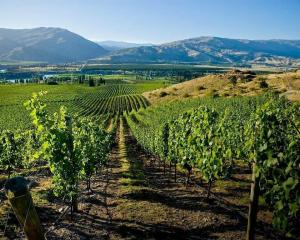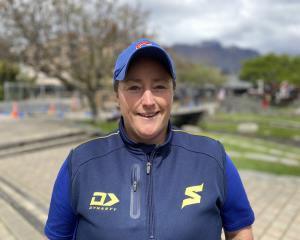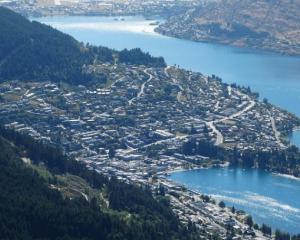The risk of drinking water contamination from septic tanks and dairy cows was considered at a Hawea Flat water quality meeting on Sunday night.
About 15 people attended a presentation by Otago Regional Council scientists Scott Wilson and Matt Hickey and director of resources and science Dr John Threlfall, who explained the drinking water seemed more at risk from septic tank effluent than dairying, although septic tank effluent was "quite localised" and "not a major problem" when the whole aquifer was considered.
Dr Threlfall said yesterday the council would build another monitoring bore in the town.
Quality would be tested seasonally, four times a year, and levels monitored continuously.
"We will be getting a lot more information."
The meeting was to provide up-to-date information so people could prepare submissions on the ORC's proposed regional water quality plan change.
Submissions close on May 2.
Hawea Flat's Preserve Our Water lobby group raised water issues last year when the Camp Hill Station dairy conversion was announced. The group fears dairy farming could increase nitrogen discharges into town bores. It wants a groundwater protection zone or sensitive aquifer designation.
The ORC says the zone would not protect water from permitted farming activities and would restrict septic tank use.
Mr Wilson said the plan change would make border dyke irrigation untenable.
It would also limit permitted leaching from farm activities to no more than 30kg of nitrogen per hectare per year. Even if dairying spread across the entire Hawea plain, nitrate concentrations from farming would be about 2mg/l nitrate-N or less, well below the Ministry of Health drinking water standard of 11.3mg/l. Most of the Hawea aquifer was "pristine", he said.
The exception was at Hawea Flat, which had higher total dissolved solids, caused by higher concentrations of nitrate-nitrogen. The only possible source was contamination from septic tanks, Mr Wilson said.
Preserve Our Water secretary Kim Fogelberg said yesterday she felt "a little sceptical" about septic tank contamination and would seek clarification about other possible sources of leaching. However, she accepted residents may need to look at alternatives for disposing of human waste.
"The water is still incredibly clean. It is just a little less clean in that [more densely populated] area but nothing to get frightened about," she said.












